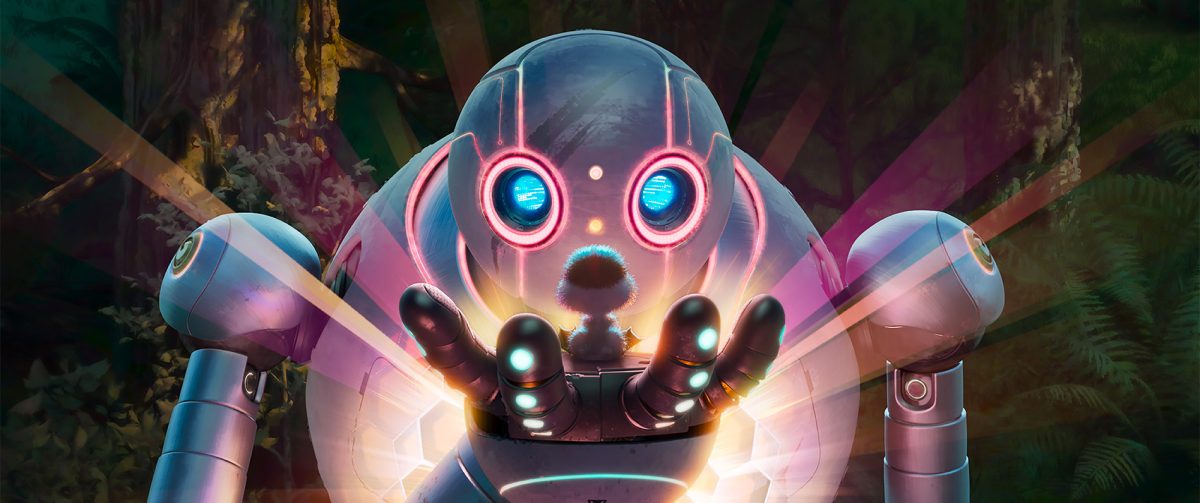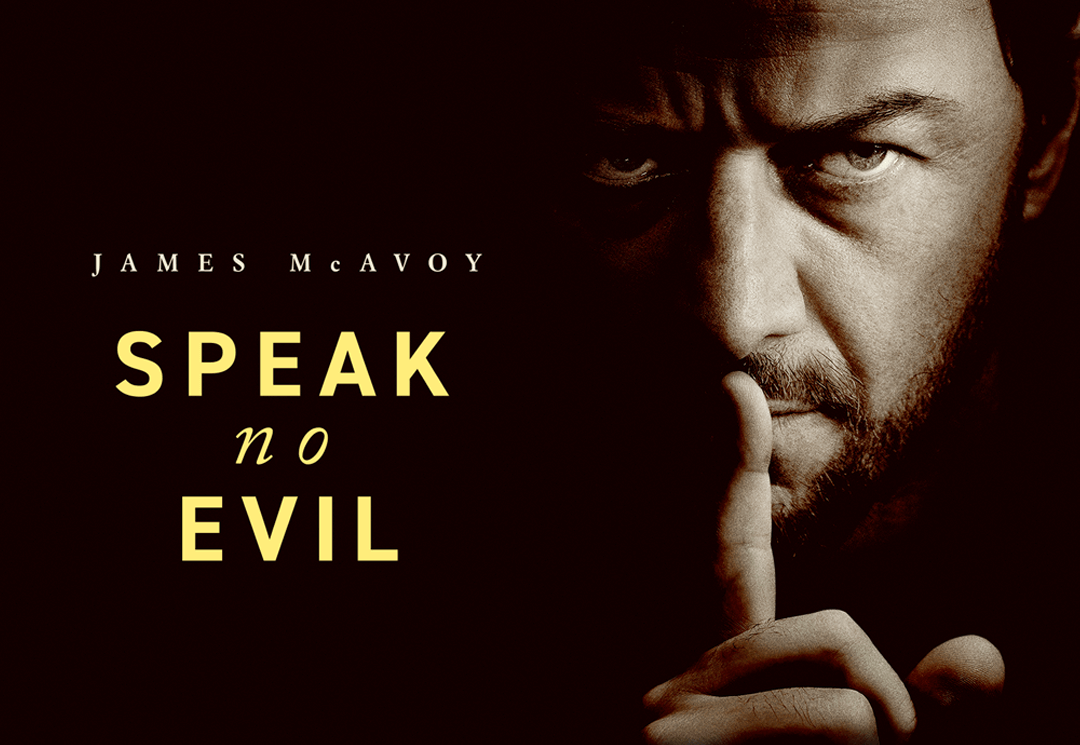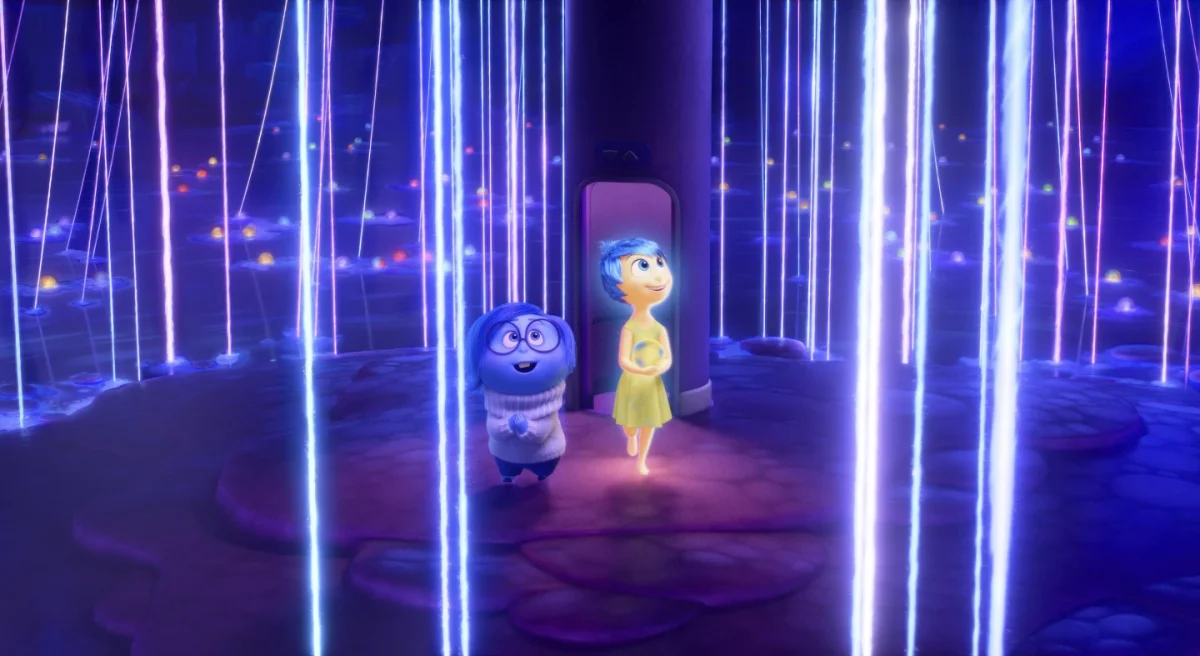This article expresses the views of its author(s), separate from those of this publication. Readers are encouraged to comment or submit a Letter to the Editor to share their opinions. To submit a Letter to the Editor, follow the instructions here.
Francis Ford Coppola, director of “The Godfather” trilogy, “Apocalypse Now” and “The Outsiders,” recently released his newest film, which he has openly labeled as his personal passion project: “Megalopolis.”
“Megalopolis” stars a solid cast, with performances from Adam Driver, Aubrey Plaza, Shia LaBeouf, Jon Voight, Giancarlo Esposito, Dustin Hoffman, Laurence Fishburne, Jason Schwartzman and many more.
Initially released at the Cannes Film Festival in May 2024, the film received a 7-minute standing ovation, thus setting high expectations for its theatrical release. After its release in theaters this past September, mixed reviews by film critics and casual enjoyers emerged.
The film took 40 years to get from script to screen after many hurdles appeared in Coppola’s path to create this film. Derived from the depths of Coppola’s wildest ideas and concepts for a movie, “Megalopolis” truly displays the audacious style of filmmaking he has dreamt of exploring for so long.
Throughout the 138-minute runtime, there is not a single moment where the bizarre nature of “Megalopolis” seems to fade. Its unconventional logic insatiably enthralls audiences.
Plot
“Megalopolis” is set in a future that imitates the past, intertwining the vibrant yet gritty world of New York City with ancient Rome. Filled with dazzling city skylines and unconventional rules of nature, “Megalopolis” curates a city straight out of a fever dream.
In this film, Coppola explores many themes, including the opposing viewpoints of power versus tradition, the demise of a society, the societal roles of the wealthy and the working class and the role of the media.
The film follows the conflict between corrupt mayor Frank Cicero, played by Giancarlo Esposito, and Cesar Catalina, the visionary architect who wants to rebuild the city, played by Adam Driver. Catalina also happens to hone the supernatural power to stop time, but this is of little importance to the central plot.

Though the struggle between Cicero and Catalina is the central plot, Catalina also explores a romantic relationship with the mayor’s daughter, Julia, played by Nathalie Emmanuel.
The romance is reminiscent of the “forbidden lovers” trope in “Romeo and Juliet.” It heightens the tension between Catalina and Cicero and ultimately becomes central to the film’s main conflict and ending.
Shakespearean influence is also evident in the dialogue and vernacular of the film, specifically in Catalina. The dialogue is often read like a Shakespearean poem or traditional philosophical literature. It all seems unnatural, but then again, is anything in this film truly “natural?”
Another unnatural aspect of Coppola’s film is the names of the characters. While the names may be a lot for the viewer to remember throughout the film, Coppola chose them to connect the fall of Rome to America as a civilization.
Shia LaBeouf’s character, Clodius Pulcher, gets his name from the Roman politician Publius Clodius Pulcher, a disruptive politician and notable opponent of Cicero. Mayor Cicero references the Roman politician and philosopher Marcus Cicero. Finally, Cesar Catalina references Julius Cesar, the famed Roman leader.
Review
While Coppola created a visually stunning work of art, including incredibly innovative stylistic choices in its cinematography and editing, its inconsistencies and lack of direction could not be fully compensated for.
That said, I highly recommend seeing “Megalopolis” in theaters. It was filmed with many shots that were a joy to see on the big screen. Not seeing this film in theaters would not give it a chance it deserves, as I feel it is a visual masterpiece meant to be seen in complete theatrical form.
A specific scene that has stayed with me for weeks after watching is one in the middle of the film where Greek statues are seen slouching towards the filthy city as they slowly crumble along with the declining society surrounding them. The CGI utilized in this scene is astounding, and when accompanied by the sound production, it truly makes for a memorable moment.
However, the CGI could be more consistent throughout the film, with some shots looking like they come from a movie far below the estimated $120 million budget.
The biggest flaw I found with this film was the differing directions Coppola attempts to take (and fails to execute) with the story and the pacing in the second half. I also found myself disappointed with some of the performances and characterization.
The first half of “Megalopolis” establishes socially relevant themes through the relationships and dynamics between the characters, such as the affair between Catalina and Plaza’s character Wow Platinum, who represents corruption in the media. The plot is also (mostly) cohesive.
The buildup from the first half is all but forgotten in the second half. The movie starts to diverge aimlessly in several directions. Some subplots are discarded, while others are rushed too quickly. The subplots’ erratic nature creates an unfulfilling ending that leaves the viewer completely confused—and no, not in a Lynchian nonsensical way.
LaBeouf’s Clodio Pulcher was one of the few characters that genuinely intrigued me as the movie progressed. Pulcher is Catalina’s resentful cousin and one of Mayor Cicero’s primary opponents, as well as Catalina’s. Not only was Pulcher visually entertaining, as he embraced drag-like looks with a Greco-Roman aesthetic, but I felt his character had the most liveliness and development, along with Plaza’s Wow Platinum.

Sadly, the same cannot be said about Nathalie Emmanuel’s performance as Julia. Julia felt like an underdeveloped character, which Coppola attempted to portray as much more dynamic. Her dialogue delivery felt very flat, and as the story progressed, she stayed relatively stagnant and quite uninteresting to watch on screen.
Coppola creates a piece of art that successfully utilizes allusions and profound imagery to further the strong themes it introduces. However, it has its faults in its lack of cohesiveness and direction. This misdirection ultimately creates a sense of unfulfillment after finishing this film.
Even with its flaws, this film will be studied in filmmaking courses for years to come. “Megalopolis” embodies the passion of the film industry, taking a new approach to filmmaking that makes viewers ask themselves, “What did I just watch?” In short, it is the kind of film that lingers with the viewer.
It is up to the viewer to decide whether this is something they attempt to forget or to indulge in all its bizarreness.
Although I felt it was somewhat redeemable in its admirable cinematography and memorable shots and stills, I will rate “Megalopolis” a 2.5 out of 5 Spinnaker sails due to my thoughts about its inconsistencies and lack of direction.

___
For more information or news tips, or if you see an error in this story or have any compliments or concerns, contact editor@unfspinnaker.com.















